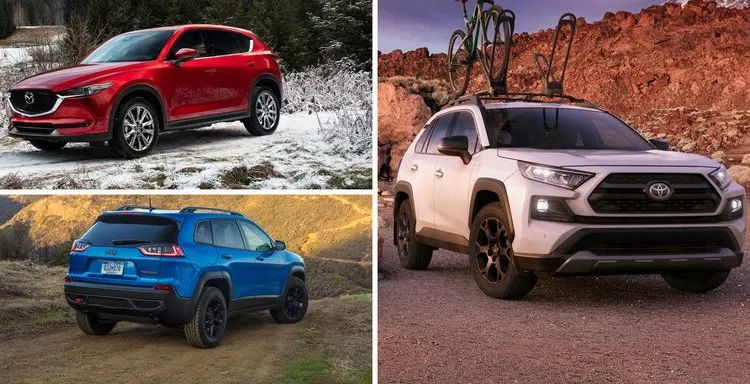There was an exciting lineup of crossover SUVs of 2016, offering a blend of affordability, practicality, and style. As consumers increasingly sought vehicles that combined the versatility of SUVs with the efficiency of compact cars, automakers responded by releasing models that catered to a wide range of budgets without compromising on essential features. Affordable crossover SUVs became a popular choice for families, young professionals, and adventurers alike, thanks to their compact size, higher ground clearance, and better fuel efficiency compared to traditional SUVs.
In 2016, automakers introduced a variety of budget-friendly crossover models, making it easier for buyers to find a vehicle that suited their needs and lifestyle. These affordable crossovers often came with:
- Competitive pricing aimed at budget-conscious buyers.
- Fuel-efficient engines designed for both urban commuting and longer road trips.
- Compact yet versatile interiors, often featuring flexible cargo space.
- Stylish and modern designs, appealing to a broad audience.
Whether you’re looking for something rugged for weekend adventures, or a more city-friendly model, the 2016 lineup of affordable crossover SUVs offered a range of options to suit diverse preferences. This segment catered to those who valued a balance between performance, comfort, and value for money. In this guide, we will explore some of the most affordable crossover SUVs from 2016, highlighting their key features, pricing, and overall value proposition.
Top 10 Cheapest Crossover SUVs of 2016: Affordable and Versatile Picks
The crossover SUV segment surged in popularity by 2016, combining the utility of SUVs with the maneuverability of smaller vehicles. Buyers sought out these models for their elevated driving position, versatile cargo space, and affordable pricing. Below are the top 10 cheapest crossover SUVs of 2016 that delivered on affordability without sacrificing value for money.
1. Nissan Juke
The Nissan Juke stood out in 2016 with its unconventional design and budget-friendly price.
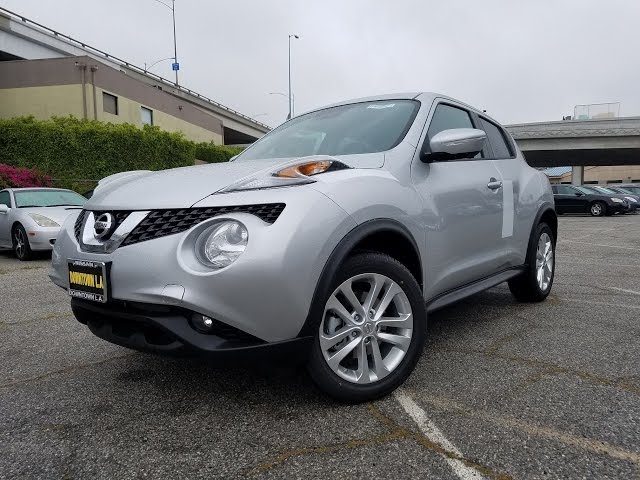
- Design: The Juke’s quirky exterior, featuring bold lines and unique headlight placement, made it instantly recognizable.
- Engine & Performance: Powered by a 1.6-liter four-cylinder engine, the base model provided adequate power for city driving.
- Features: Bluetooth, a rearview camera, and a touchscreen were standard, with optional upgrades like leather seating and a turbocharged engine.
- Pricing: Starting at an affordable price point, the Juke was ideal for buyers on a budget.
2. Jeep Renegade
The Jeep Renegade offered a mix of rugged styling and off-road capability, all while remaining budget-conscious.
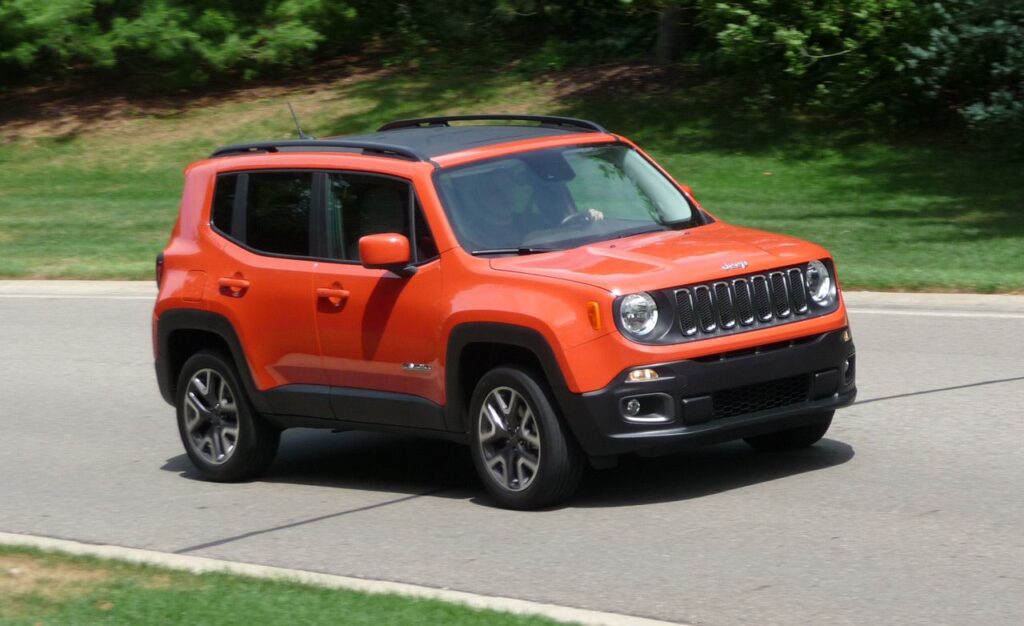
- Design: The Renegade featured the iconic seven-slot grille, squared-off wheel arches, and rugged body cladding.
- Off-Road Capability: Equipped with available four-wheel drive and selectable terrain modes, it delivered strong off-road performance.
- Features: It included a touchscreen infotainment system, smartphone integration, and optional advanced safety features.
- Pricing: With its competitive starting price, the Renegade provided excellent value for adventure seekers.
3. Honda HR-V
The Honda HR-V was praised for its practicality, efficient use of space, and fuel efficiency.
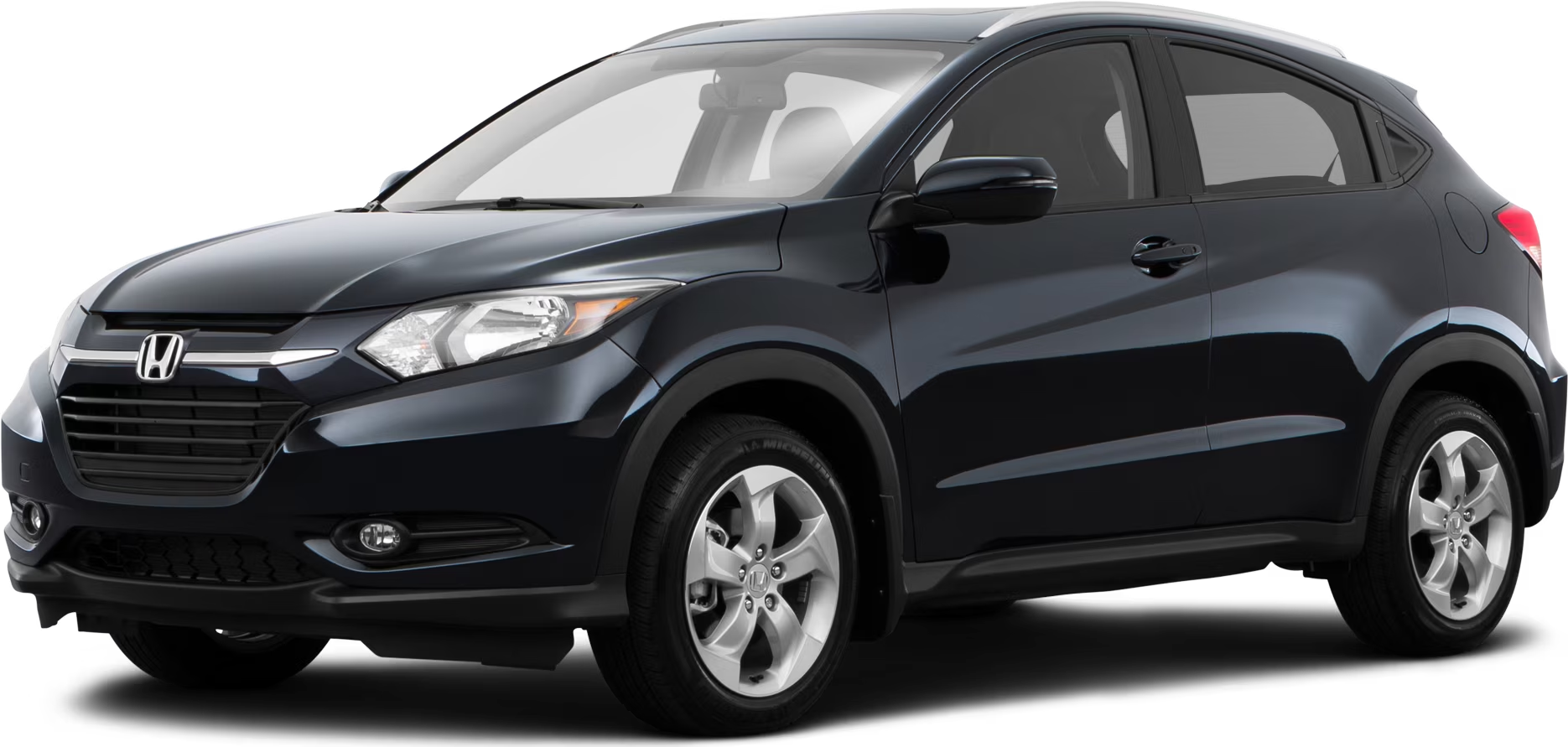
- Design: A sleek exterior combined with Honda’s signature grille gave the HR-V a modern appeal.
- Interior Space: Featuring Honda’s “Magic Seat” system, it allowed for versatile cargo and seating arrangements despite its compact size.
- Features: Standard features included a touchscreen infotainment system, Bluetooth, and USB ports.
- Pricing: The HR-V’s pricing made it a smart choice for those seeking a practical, affordable crossover.
4. Subaru Crosstrek
The Subaru Crosstrek earned its reputation for all-weather capability and rugged design.
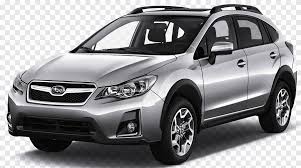
- All-Wheel Drive (AWD): Standard AWD and a raised suspension made the Crosstrek perfect for challenging road conditions.
- Engine: It came with a 2.0-liter boxer engine, offering solid performance and decent fuel economy.
- Safety: Advanced safety features like adaptive cruise control and lane departure warning were available.
- Pricing: Its competitive price, combined with Subaru’s legendary reliability, made it a strong contender.
5. Mazda CX-3
The Mazda CX-3 combined sporty styling with agile handling, offering an engaging driving experience.
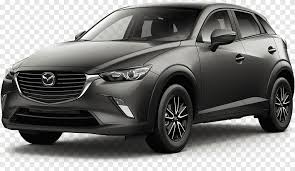
- Design: Mazda’s “Kodo” design language gave the CX-3 a sleek, aerodynamic look.
- Performance: Powered by a 2.0-liter engine, the CX-3 delivered responsive acceleration and nimble handling.
- Fuel Efficiency: Known for its excellent fuel efficiency, it was an economical choice for urban drivers.
- Pricing: Its affordability, paired with a premium-feeling interior, made it one of the best options in its class.
6. Chevrolet Trax
Compact and versatile, the Chevrolet Trax offered excellent value for money.
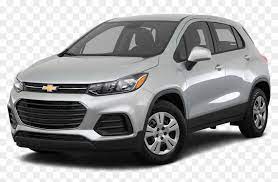
- Design: Its compact dimensions made it easy to navigate city streets, while the stylish exterior kept it modern.
- Engine & Performance: A 1.4-liter turbocharged engine offered efficient performance for everyday driving.
- Features: Standard tech included a rearview camera, Bluetooth, and a touchscreen infotainment system.
- Pricing: With a wallet-friendly starting price, the Trax provided an attractive package for budget-conscious buyers.
7. Fiat 500X
The Fiat 500X brought Italian flair to the affordable crossover SUV market.
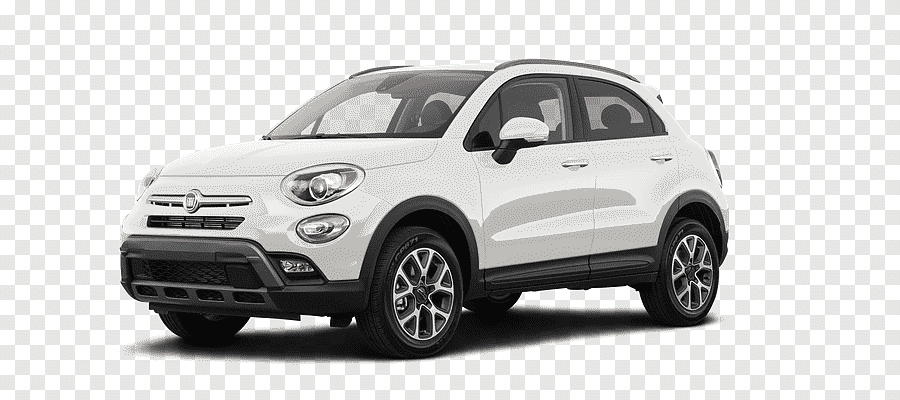
- Design: Retro-inspired with a modern twist, the 500X’s design was both charming and unique.
- Performance: It offered agile handling, making it perfect for city driving.
- Features: The 500X came with a touchscreen infotainment system and optional advanced safety features.
- Pricing: Its affordable price, combined with its stylish design, made it an appealing choice.
8. Ford EcoSport
The Ford EcoSport provided practicality in a compact, easy-to-maneuver package.
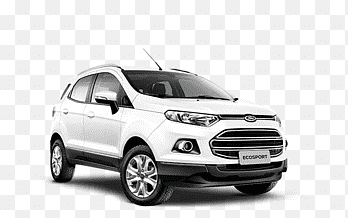
- Design: Compact on the outside but spacious on the inside, it was perfect for urban environments.
- Engine Options: It offered a range of efficient engines, including a turbocharged option for better performance.
- Features: Key features included Bluetooth connectivity, a rearview camera, and a touchscreen system.
- Pricing: The EcoSport was one of the most budget-friendly crossovers in 2016.
9. Hyundai Tucson
The Hyundai Tucson delivered a balance of affordability, features, and reliability.
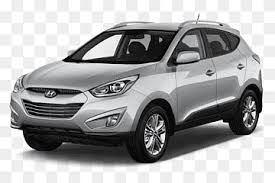
- Design: Its sleek, modern design helped it stand out in the crowded crossover market.
- Interior: Spacious with high-quality materials, the Tucson offered a comfortable ride for all passengers.
- Features: Standard equipment included Bluetooth, USB ports, and a touchscreen display, with optional advanced safety features.
- Pricing: Known for its value, the Tucson’s affordable price made it an excellent option for budget-conscious buyers.
10. Kia Sportage
The Kia Sportage combined affordability with a long list of standard features and a solid warranty.
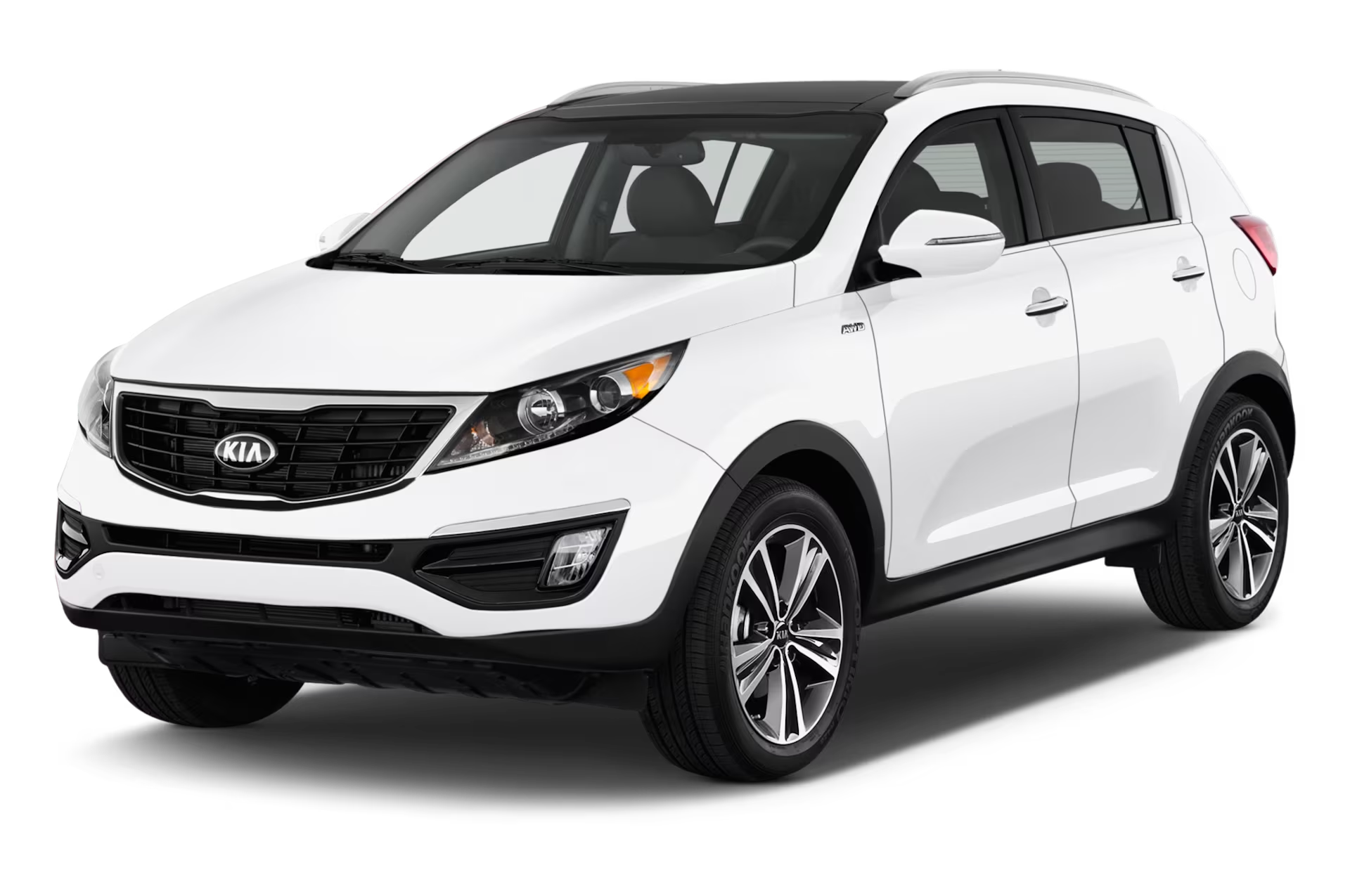
- Design: A sporty exterior design made it stand out, while its spacious cabin offered comfort for families.
- Engine Options: A range of engines, including a turbocharged option, ensured a balance between performance and fuel efficiency.
- Features: Even in the base model, the Sportage came equipped with advanced tech, including a touchscreen and rearview camera.
- Pricing: Its attractive starting price, combined with Kia’s industry-leading warranty, made it a strong value choice.
Here’s a table of recommendations for the most affordable crossover SUVs of 2016, including key details such as pricing, features, and suitability:
| Crossover SUV | Starting Price (Approx.) | Key Features | Best For |
|---|---|---|---|
| Nissan Juke | $20,000 | Unique design, decent fuel economy, user-friendly infotainment | Urban driving, distinctive styling |
| Jeep Renegade | $18,000 | Off-road capability, four-wheel drive options, rugged design | Adventure seekers, off-road enthusiasts |
| Honda HR-V | $20,500 | Versatile interior with Magic Seat, high fuel efficiency | Families, practical use |
| Subaru Crosstrek | $22,000 | Standard all-wheel drive, good ground clearance | All-weather capability, outdoor activities |
| Mazda CX-3 | $20,000 | Sporty handling, upscale interior, great fuel efficiency | Style-conscious buyers, urban environments |
| Chevrolet Trax | $20,300 | Spacious interior, modern tech features | City driving, value for money |
| Fiat 500X | $20,500 | Distinctive Italian design, nimble handling | Style-focused buyers, compact design |
| Ford EcoSport | $19,500 | Rear swing gate, good cargo space | City driving, practicality |
| Hyundai Tucson | $22,700 | Solid warranty, comprehensive safety features | Reliability and long-term ownership |
| Kia Sportage | $23,000 | Great tech features, spacious cabin | Families needing space and technology |
The top 10 cheapest crossover SUVs of 2016 offered a blend of affordability, practicality, and features. Whether you were looking for rugged off-road capability or urban maneuverability, there was a model to suit every budget and lifestyle. Each vehicle in this list provided a unique mix of value, making them excellent choices for cost-conscious buyers seeking a versatile crossover in 2016.
Performance and Fuel Efficiency of the Most Affordable Crossover SUVs in 2016
When considering affordable crossover SUVs, buyers often weigh performance and fuel efficiency as critical factors in their decision-making process. In 2016, several models excelled in these areas, offering a balance between power, drivability, and economy. Here’s an in-depth look at how some of the top affordable crossover SUVs performed:
1. Nissan Juke
- Performance: The Nissan Juke offered multiple engine options, with the base model typically featuring a 1.6-liter four-cylinder engine. It provided sufficient power for city driving but lacked in terms of high-speed performance.
- Fuel Efficiency: For front-wheel drive versions, the Juke delivered respectable fuel economy, often reaching around 28 mpg in the city and up to 32 mpg on the highway. The turbocharged version offered more power but slightly less efficiency.
2. Jeep Renegade
- Performance: The Jeep Renegade was a standout in the segment for off-road capability. It featured multiple four-wheel drive options and even a low-range mode for rugged terrains. However, its base engine—a 1.4-liter turbocharged four-cylinder—sometimes felt underpowered on highways.
- Fuel Efficiency: The front-wheel-drive models excelled in fuel efficiency, averaging around 24 mpg city and 31 mpg highway. However, opting for four-wheel drive came with a slight dip in fuel economy.
3. Honda HR-V
- Performance: The Honda HR-V came with a 1.8-liter four-cylinder engine, providing smooth acceleration and reliable power for daily commutes. While it wasn’t designed for sporty driving, the HR-V managed well in both urban and highway conditions.
- Fuel Efficiency: One of the strongest points of the HR-V was its fuel economy, with front-wheel-drive models achieving up to 28 mpg in the city and 35 mpg on highways, making it a practical choice for eco-conscious buyers.
4. Subaru Crosstrek
- Performance: Known for its all-weather capabilities, the Subaru Crosstrek came standard with all-wheel drive. It performed well in challenging conditions like rain or snow, but its 2.0-liter four-cylinder engine was considered modest, providing adequate rather than exciting power.
- Fuel Efficiency: Despite its all-wheel-drive setup, the Crosstrek still managed solid fuel economy, with ratings of around 26 mpg city and 33 mpg highway, offering great balance between power and efficiency.
5. Mazda CX-3
- Performance: The Mazda CX-3 earned praise for its sporty handling and nimble performance. Equipped with a 2.0-liter four-cylinder engine, it offered responsive steering and enjoyable driving dynamics, particularly on winding roads.
- Fuel Efficiency: The CX-3 was also fuel-efficient, delivering up to 29 mpg in the city and 35 mpg on the highway, making it one of the top contenders in its class for both fun driving and fuel savings.
6. Chevrolet Trax
- Performance: The Chevrolet Trax featured a 1.4-liter turbocharged engine, which provided decent power for daily commuting but struggled slightly when heavily loaded or on steep inclines. Nevertheless, its compact size made it easy to maneuver in urban settings.
- Fuel Efficiency: The Trax offered competitive fuel economy, achieving around 26 mpg city and 34 mpg highway, making it a practical option for buyers looking to save on fuel costs without sacrificing versatility.
7. Fiat 500X
- Performance: The Fiat 500X offered an engaging driving experience, particularly with its turbocharged engine option. While the base engine was adequate, the available turbo engine added a fun, sporty feel to the drive.
- Fuel Efficiency: Fuel efficiency was another strong suit for the 500X, with models averaging 25 mpg city and 34 mpg highway, aligning well with the class standards.
The 2016 lineup of affordable crossover SUVs provided a mix of performance and fuel efficiency to suit a wide range of preferences:
- Vehicles like the Mazda CX-3 and Nissan Juke leaned more toward a sportier driving experience.
- Models like the Honda HR-V and Subaru Crosstrek offered a balance of reliability and fuel efficiency, with the Crosstrek excelling in all-weather conditions.
- For buyers prioritizing off-road capabilities, the Jeep Renegade was a strong contender, while the Chevrolet Trax and Fiat 500X stood out for city driving and fuel economy.
Each model in this affordable category of 2016 provided value, with performance and fuel efficiency tailored to different driving needs, making them worthy options for budget-conscious buyers.
Safety Features and Ratings of 2016 Affordable Crossover SUVs
Safety has always been a crucial factor when choosing a vehicle, and the 2016 affordable crossover SUVs delivered commendable protection for drivers and passengers alike. Manufacturers integrated advanced safety technologies and earned solid crash-test ratings, ensuring peace of mind for consumers. Let’s take a closer look at the safety features and ratings of these budget-friendly crossovers.
1. Advanced Driver-Assistance Systems (ADAS)
By 2016, several affordable crossover SUVs incorporated advanced driver-assistance systems (ADAS) that were once exclusive to luxury models. These systems aimed to prevent accidents or minimize damage during collisions. Key features included:
- Forward Collision Warning (FCW): Alerts the driver when an imminent crash is detected.
- Automatic Emergency Braking (AEB): Applies the brakes automatically if a potential collision is detected.
- Lane Departure Warning (LDW): Signals when the vehicle begins to drift out of its lane without signaling.
- Blind-Spot Monitoring: Helps detect vehicles in the driver’s blind spot, reducing the chance of accidents during lane changes.
Though these technologies were not always standard, many crossover SUVs offered them as optional packages.
2. Crash Test Ratings
The Insurance Institute for Highway Safety (IIHS) and the National Highway Traffic Safety Administration (NHTSA) rigorously tested these crossovers, and many performed well. The models generally scored high marks in front, side, and rollover crash tests, reflecting their strong protective capabilities. Some notable crash test results included:
- Honda HR-V: Earned a “Top Safety Pick” from IIHS and a solid 5-star rating from NHTSA.
- Mazda CX-3: Achieved top ratings from IIHS in most categories, highlighting its robust structural integrity.
- Subaru Crosstrek: With its standard all-wheel drive and solid crash performance, the Crosstrek also secured high ratings from IIHS and NHTSA.
Crashworthiness—referring to the ability of a vehicle to protect its occupants during a crash—remained a primary focus in the design of these 2016 models, ensuring safer rides for their owners.
3. Passive Safety Features
In addition to active safety technologies, these crossover SUVs were equipped with passive safety features to protect occupants during accidents:
- Airbags: Front, side, and curtain airbags were standard in most models, protecting occupants from head and body injuries during collisions.
- Anti-lock Braking System (ABS): Prevented wheel lock-up during sudden braking, helping drivers maintain control.
- Electronic Stability Control (ESC): Improved vehicle stability by reducing the risk of skidding, particularly in slippery road conditions.
These passive safety systems worked in conjunction with the vehicle’s structural design to provide optimal protection during a crash.
4. Overall Reliability and Consumer Trust
Beyond crash tests and technological features, consumer feedback indicated a high level of trust in the safety of these crossovers. Owners appreciated their sturdy build quality and comprehensive safety offerings, often citing them as major factors in their purchasing decisions.
- Jeep Renegade: Known for its rugged build and off-road capabilities, it also earned favorable ratings for urban safety, thanks to its robust construction.
- Chevrolet Trax: Although compact, the Trax offered great stability and crash protection, making it popular among families.
Here’s a comprehensive table summarizing the safety features and ratings of several affordable crossover SUVs from 2016:
| Crossover SUV | Safety Features | Crash Test Ratings (IIHS/NHTSA) |
|---|---|---|
| Honda HR-V | – Forward Collision Warning (FCW) | – IIHS: Top Safety Pick |
| – Automatic Emergency Braking (AEB) | – NHTSA: 5-star overall rating | |
| – Lane Departure Warning (LDW) | ||
| – Blind-Spot Monitoring | ||
| – Multiple airbags (front, side, curtain) | ||
| – Anti-lock Braking System (ABS) | ||
| – Electronic Stability Control (ESC) | ||
| ———————– | ————————————————————————- | ———————————————————- |
| Mazda CX-3 | – Forward Collision Warning (FCW) | – IIHS: Top ratings in most categories |
| – Lane Departure Warning (LDW) | – NHTSA: 5-star overall rating | |
| – Smart City Brake Support | ||
| – Multiple airbags (front, side, curtain) | ||
| – Anti-lock Braking System (ABS) | ||
| – Electronic Stability Control (ESC) | ||
| ———————– | ————————————————————————- | ———————————————————- |
| Subaru Crosstrek | – EyeSight Driver Assist Technology (optional) | – IIHS: Top Safety Pick |
| – Lane Departure Warning (LDW) | – NHTSA: 5-star overall rating | |
| – Blind-Spot Monitoring (available) | ||
| – Multiple airbags (front, side, curtain) | ||
| – Anti-lock Braking System (ABS) | ||
| – Electronic Stability Control (ESC) | ||
| ———————– | ————————————————————————- | ———————————————————- |
| Jeep Renegade | – Blind-Spot Monitoring | – IIHS: Good ratings in most tests |
| – Forward Collision Warning (FCW) | – NHTSA: 4-star overall rating | |
| – Lane Departure Warning (LDW) | ||
| – Multiple airbags (front, side, curtain) | ||
| – Anti-lock Braking System (ABS) | ||
| – Electronic Stability Control (ESC) | ||
| ———————– | ————————————————————————- | ———————————————————- |
| Chevrolet Trax | – Forward Collision Alert | – IIHS: Good ratings in most categories |
| – Rear Vision Camera | – NHTSA: 5-star overall rating | |
| – Multiple airbags (front, side, curtain) | ||
| – Anti-lock Braking System (ABS) | ||
| – Electronic Stability Control (ESC) | ||
| ———————– | ————————————————————————- | ———————————————————- |
In 2016, the most affordable crossover SUVs didn’t compromise on safety. Whether through advanced technology like blind-spot monitoring and forward collision warning, or through solid crash test performances, these vehicles offered protection at a budget-friendly price. When considering a crossover from this year, safety-conscious buyers could confidently select from a range of models that excelled in both technology and reliability.
Customer Satisfaction and Ownership Experience of Affordable Crossover SUVs in 2016
Customer satisfaction plays a crucial role in evaluating the ownership experience of any vehicle, and the affordable crossover SUVs of 2016 were no exception. Reviews and feedback from owners reveal a blend of positive aspects and areas for improvement across different models. Understanding these insights can help prospective buyers make informed decisions about which crossover SUV best fits their lifestyle.
Key Factors Influencing Customer Satisfaction
- Reliability: Many owners reported high levels of reliability with their 2016 crossover SUVs. Brands like Honda and Subaru are often lauded for their long-lasting performance and minimal maintenance issues. Reliability significantly impacts ownership costs and the overall experience.
- Comfort and Space: Owners appreciated the comfort levels provided by these vehicles. Models like the Honda HR-V and Subaru Crosstrek excelled in offering spacious interiors, making them suitable for family trips and daily commutes. High headroom, ample legroom, and versatile cargo configurations contributed to a positive ownership experience.
- Driving Dynamics: The driving experience varied from model to model, with some owners praising the sporty handling of vehicles like the Mazda CX-3. However, others found that certain models, such as the Chevrolet Trax, could feel less engaging on the road. This variability highlights the importance of test-driving different models to determine personal preferences.
- Fuel Efficiency: Many owners cited fuel efficiency as a significant factor in their overall satisfaction. Vehicles like the Honda HR-V and Mazda CX-3 offered impressive mileage ratings, making them economical choices for daily driving. Owners appreciated the reduced fuel costs associated with these models, which added to their value proposition.
- Technology and Features: The availability of modern technology and safety features also played a role in customer satisfaction. Owners enjoyed the convenience of touchscreen infotainment systems, smartphone integration, and advanced safety features in many models. However, some critics noted that the user interface in certain vehicles could be less intuitive, leading to frustration.
- Resale Value: Another aspect that influenced ownership experience was the resale value of these crossover SUVs. Brands known for reliability, like Subaru and Honda, tended to retain their value better over time. Owners expressed satisfaction with their decision to invest in these vehicles, given their potential for higher resale prices.
Overall Ownership Experience
The overall ownership experience of the most affordable crossover SUVs of 2016 can be summarized as follows:
- Positive Experiences:
- High reliability and low maintenance costs for several models.
- Spacious interiors and comfortable seating arrangements, particularly in family-friendly options.
- Impressive fuel economy, reducing long-term ownership expenses.
- Strong resale values for well-regarded brands.
- Areas for Improvement:
- Variable driving dynamics across models, with some lacking engaging performance.
- Occasional criticism regarding technology interfaces and user-friendliness.
- Limited cargo space in some compact models like the Mazda CX-3.
Customer satisfaction and ownership experiences of the affordable crossover SUVs of 2016 reveal a generally positive landscape. Factors such as reliability, comfort, fuel efficiency, and resale value contribute to favorable reviews. However, potential buyers should remain aware of individual preferences, especially regarding driving dynamics and technology features. Ultimately, test-driving various models and considering personal priorities will lead to a satisfying ownership experience.
Conclusion: Which Crossover SUV Should You Choose?
Choosing the right crossover SUV depends largely on your specific needs and preferences. Each of the models discussed offers a unique blend of affordability, features, and performance. Here’s a summary to help you make an informed decision:
Key Considerations When Choosing a Crossover SUV
| Consideration | Details |
|---|---|
| Budget | – Determine overall budget, including sticker price, insurance, fuel costs, and maintenance. |
| Space Requirements | – Assess passenger and cargo space needs. – Consider models with larger interiors for families or bulky items. |
| Performance Needs | – Evaluate driving habits. – Choose models with all-wheel drive for off-road or rugged conditions. |
| Fuel Efficiency | – Focus on options with high fuel economy ratings for cost savings. |
| Safety Ratings | – Research safety features and crash test ratings. – Look for advanced safety technology in various models. |
| Technology Features | – Consider infotainment systems, connectivity options, and driver-assistance features. |
| Reliability | – Check reviews and ratings for long-term reliability of models you’re interested in. |
| Resale Value | – Investigate expected depreciation rates to understand potential future value. |
Final Thoughts
Ultimately, your decision should reflect your lifestyle and driving needs. Whether you prioritize design, performance, fuel efficiency, or space, there’s a 2016 crossover SUV that fits your requirements. Take the time to test drive a few options and consider your long-term needs. With the right choice, you’ll find a crossover SUV that offers not just affordability but also an enjoyable driving experience for years to come.

